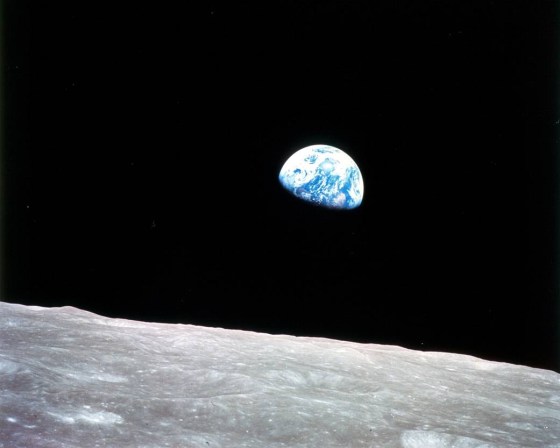A version of this article appeared in this week’s It’s Not Just You newsletter. SUBSCRIBE HERE to have It’s Not Just You delivered to your inbox every Sunday.
OH, THE PLACES WE’RE DESPERATE TO GO
Lately, in that gray-blue hour before a winter sunrise, I’ve taken to staying in bed and flying to Morocco. It’s the place I’ve been that’s the least like Brooklyn, where I have spent most of this pandemic. Trying to remember the way the air feels on your skin in an unfamiliar climate is the smallest of escapes. Maybe it’s a necessary one, now that everything within reach feels so unrelentingly familiar.
I like to relive a flight over the Sahara. From a plane, the backlit dunes look like an optical illusion, gentle sand waves rippling out to the horizon’s edge. But once you are down there, on earth, you realize that those waves are massive, four, eight or 10 stories high.
Driving over dunes is another kind of flying. You have to muster enough speed so you don’t get stuck at the crest, but not too much that the car flips over on the other side. It’s the slimmest of margins, but an experienced driver can take you into the air for a few wild seconds where you can see the top of the next dune and look down at the trough below.
The angle on the way down is so steep, you brace yourself on the seat in front of you as if you’re doing a push-up. When you reach the bottom, with a thud and rattle, it feels like a triumph. And then you’re mortal again. Just a human, standing in the shade of sand giants.
Any novel perspective is precious in these claustrophobic months. It’s hard to see a situation clearly when you’re still in the middle of it. And boy, we’ve been in the middle of it all for a while now.
I guess that’s why I wasn’t surprised to see that some airlines are scheduling “flights to nowhere.” In our travel-starved, pandemic-addled state, people will actually pay to go to the airport, get on a plane wearing their face masks, and fly over their own country or a neighboring one and come right back. A seven-hour Qantas sightseeing flight over Australian landmarks sold out in 10 minutes.
Taking a plane to nowhere sounds crazy, even before you consider the cost and the needless carbon emissions. Then again, we can all understand a craving to get off the planet, or at least slip the bounds of whatever little patch of earth we’ve been pacing for the last year.
Flying can give us context. Here’s where you are in the world; here’s what your part of it looks like from a new vantage point.
I’m reminded of the iconic Earthrise photo taken by Apollo 8 astronaut Bill Anders in 1968. (See below.) It was the first time humanity could see its home from afar. That utterly transformative perspective, that vision of our fragile blue-swirl of a planet above a gray moonscape, was a revelation—and not just for the astronauts. On the 50th anniversary of that mission, Anders wrote: We set out to explore the moon and instead discovered the Earth.
One could also argue that when we set out to explore the rest of our country or the world, we are discovering ourselves.

But after the world opens up again, I don’t think we’ll need to book a SpaceX flight to feel like we’re somewhere startling and new. For many of us, seeing a new movie in a real theater will feel like a trip. Or better yet, dancing in the sticky aisles of a dark music venue humming with people and anticipation.
And when we step back into the light, blinking and disoriented, the air on our skin will feel different.💌
More on Flying in Morocco I was in the Sahara reporting on an all-women off-road competition so you can read more about flying over dunes in cars in this Sports Illustrated story. And, amazingly, the drivers navigated with maps and compasses, no phones or GPS allowed.

If you’re new to It’s Not Just You, SUBSCRIBE HERE to get a weekly dose delivered to your inbox for free. And you can send comments to me at Susanna@time.com.
COPING KIT ⛱
HOW TO SUPPORT HEALTHCARE HEROES We all want to honor those who’ve risked their lives in the fight against COVID-19, often to the detriment of their own mental, emotional, physical, and financial health. But it’s hard to know what we can do as individuals. A new organization, Patient Care Heroes aims to create a community of support for nurses, doctors, and any person involved with caring for patients. Check their site for ways you can be part of this community, from sharing inspirational stories of healthcare heroes to making contributions that support mental health services.

THE SCAFFOLD EFFECT by Dr. Harold S. Koplewicz, a leading child and adolescent psychiatrist and president of the non-profit The Child Mind Institute is a valuable new resource for parents who want guidance in this difficult time. Koplewicz explains the book’s core concept this way:
“The metaphor of the parental scaffold is visual, intuitive, and simple: Your child is the ‘building.’ You, the parent, are the scaffold that surrounds the building. The framework of all your decisions and efforts as parents is the three pillars of your scaffold: structure, support, and encouragement. Eventually, when the building is finished and ready to stand completely on its own, the parental scaffold can come down.”

And, have a look at TIME’s Black Renaissance cover (photograph by Awol Erizku for TIME) featuring inaugural poet Amanda Gorman in conversation with Michelle Obama. Gorman discussed poetry, sudden fame, and she said this about her future: “I’m learning that I am not lightning that strikes once. I am the hurricane that comes every single year, and you can expect to see me again soon.”
🌺 Did someone forward you this newsletter? SUBSCRIBE to It’s Not Just You here.
COMFORT CREATURES 🐕
Our weekly acknowledgment of the animals that help us make it through the storm. You can send your comfort creature photos and stories to me at Susanna@Time.com.
Meet MOSEY, the puppy with his pal ASHER. Photo submitted by JULIE.


0 Comments